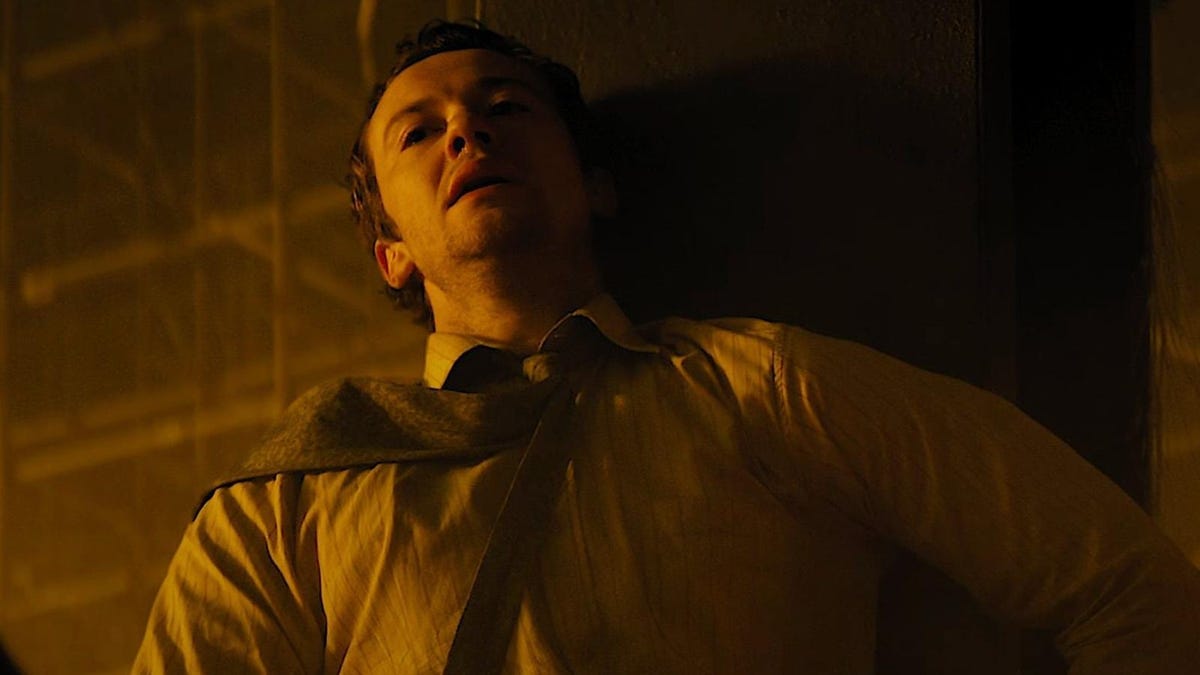An AI Was Taught to Play the World’s Hardest Video Game

What’s the hardest video game you’ve ever played? If it wasn’t QWOP then let me tell you right know that you don’t know how truly difficult a game can be. The deceptively simple running game is so challenging to master that even an AI trained using machine learning still only mustered a top 10 score instead of shattering the record.
If you’ve never played QWOP before, you owe it to yourself to give it a try and see if you can even get your sprinter off the starting line. Developed by Bennett Foddy back in 2008, QWOP was inspired by an ‘80s arcade game called Track & Field that requires players to mindlessly mashing buttons to win a race. QWOP takes a different approach and instead has players use four keys to control the individual movements of a runner’s thighs and calves—a runner who behaves like a floppy rag doll and is subject to real-world physics, including the effects of gravity. It might sound simple, but mastering the timing and cadence of the key presses needed to get the sprinter to just awkwardly move forward can be incredibly frustrating.
Wesley Liao was curious how well a tool like AI, which has been trained to do things like realistically animate old photos of deceased loved ones, would do playing QWOP. After first creating a Javascript adapter that would allow an AI tool to actually play and interact with the game, Liao’s first attempt at machine learning simply had the AI playing the game by itself and learning which actions resulted in positive outcomes (the sprinter moving forward and increasing its velocity) and which ones resulted in negative results (the sprinter’s torso bending too close to the ground.) Through this approach the AI learned a “knee-scraping” technique that would successfully get it across the 100-meter finish line, but not at record-setting speeds.
Liao’s next attempt at training an AI model involved recording gameplay videos of them trying to succeed at the game, including the use of longer leg strides which are crucial for increasing speeds and crossing the finish line with a decent time. The approach was slightly more successful, but the AI wasn’t able to master a special technique used by advanced QWOP players that involves an upward, forward swing of the legs to generate additional momentum.
G/O Media may get a commission
Eventually Liao reached out to a veteran player known as Kurodo (@cld_el on Twitter), one of the top QWOP speed runners in the world, who recorded 50 videos of themselves playing the game at an expert level. But even with access to the best possible playing techniques, Liao found the best results came from a machine learning training regimen that involved 25 hours of the AI playing by itself, 15 hours learning from the data gleaned from Kurodo’s expert runs, and another 25 hours of self-play.
But even with all that effort, the QWOP-playing AI’s best 100-meter dash result had it crossing the finish line in 1 minute and 8 seconds—a top 10 finish. According to Speedrun.com, the current 100-meter dash world record is a mere 48 seconds, set just a month ago. Liao is confident with more training and a different reward system (how the AI learns it’s done something correctly), setting a QWOP world record could eventually happen, although since it’s a computer playing the game the record may never be officially acknowledged.
Source link





